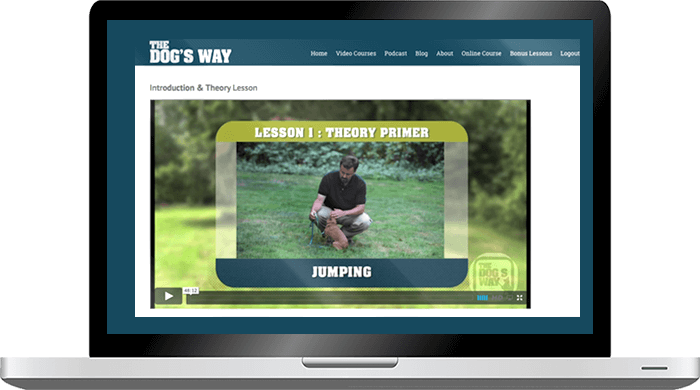Wolves, Wolfdogs, and Coyotes

Have you heard the term wolfdog or wolf hybrid before? How about coydog or dog/coyote cross? Perhaps you’ve wondered what the differences are among dogs, wolves, and coyotes. Today, we’re going to break down what each of these animals are and where they came from.
Dogs
Every dog is a descendant of wolves. Domestication has taken place over the course of many centuries, and the animals now known to us as dogs have gone through a lot of adaptation to get to where they are today. Dogs are taught from a very early age, and have been bred for years, to submit to their owners. Well-behaved dogs are taught to obey their owners’ commands and, in many ways, live to please them. That’s what makes them such good companions!
Wolves
Wolves, on the other hand, live primarily to survive, often by dominating fellow wolves and other creatures in the wild. Their behavior differs greatly from that of dogs. As puppies, wolves tend to act very similarly to dogs, but as they grow and reach sexual maturity, they become predatory, territorial, and often unpredictable. While many of their personality traits aren’t intended to harm or frighten, they can often come across as aggressive toward humans and other animals.
Wolfdogs
Wolves are purebreds. Wolfdogs, also called wolf hybrids, are part wolf and part domestic dog. The percentage of wolf in a wolfdog can vary. Many crosses are produced between German shepherds, Alaskan malamutes, or Siberian huskies and gray (timber) wolves. You can get a wolfdog that is half and half, or you could get one that is ¼ part either dog or wolf. If he’s only ¼ wolf (a cross between a wolfdog and a dog), his temperament may be more like that of a domestic dog. This may not be the case, however, because the wolfdog could pass down wolf genes to the offspring, and the dog could still end up inheriting the half wolf, half dog gene ratio.
Coyotes
Coyotes are often mistaken for wolves, but they are quite different in many ways. Only one species of coyote exists, and it belongs to the dog family; wolves do not. There are several different species of wolves; gray and red wolves are the most populous in the U.S. Wolves are much larger than coyotes, hunt in packs, and typically live in forests, in areas close to water (like marshes), and in remote areas. Coyotes can be found across very diverse settings, from deserts to mountains and just about anywhere in between. They also have thick, bushy tails that hang low to the ground, and they are more skittish and less confrontational in the wild than wolves are.
Coydogs
You can probably guess from the name that a coydog is a cross between a dog and a coyote! Coydogs are uncommon due to the fact that the mating seasons for dogs and coyotes differ. Since coyotes are often shy and afraid of people, coydogs generally don’t make very good pets. The owner of a coydog must show extreme confidence, leadership, and authority, or the coydog could quickly become afraid and lash out and bite. The only people who should even consider owning a coydog are those who are already very familiar with them.
Do you need help training your dog?
Order the best dog training DVDs available! When the typical dog training class does not work for your dog, the Dog’s Way offers a new step-by-step solution so you can progress at your own pace. Learn more about the course by clicking the button below!


About the Author: Sean
I’ve been training people and dogs in Seattle for the last decade and a half. My main focus when working with clients every week in one-on-one, private lessons is to help people learn to get their dogs to a functional level so that they can actually enjoy spending time every day with their dog instead of stressing about their dog’s behavior issues.
Affiliate Program
Make money by referring people to the video course!
. . . . .

About Sean
I’ve been training people and dogs in Seattle for the last decade and a half. My main focus when working with clients every week in one-on-one, private lessons is to help people learn to get their dogs to a functional level so that they can actually enjoy spending time every day with their dog instead of stressing about their dog’s behavior issues.
Ask Sean a question!
If we use your question in the show, Sean will send you a coupon code for free access to the online video course!
If you have a question you’d like me to respond to on the show (and you want to hear yourself on a future episode) leave me a voice mail! 1 (844) 364-7929 or email me here.

